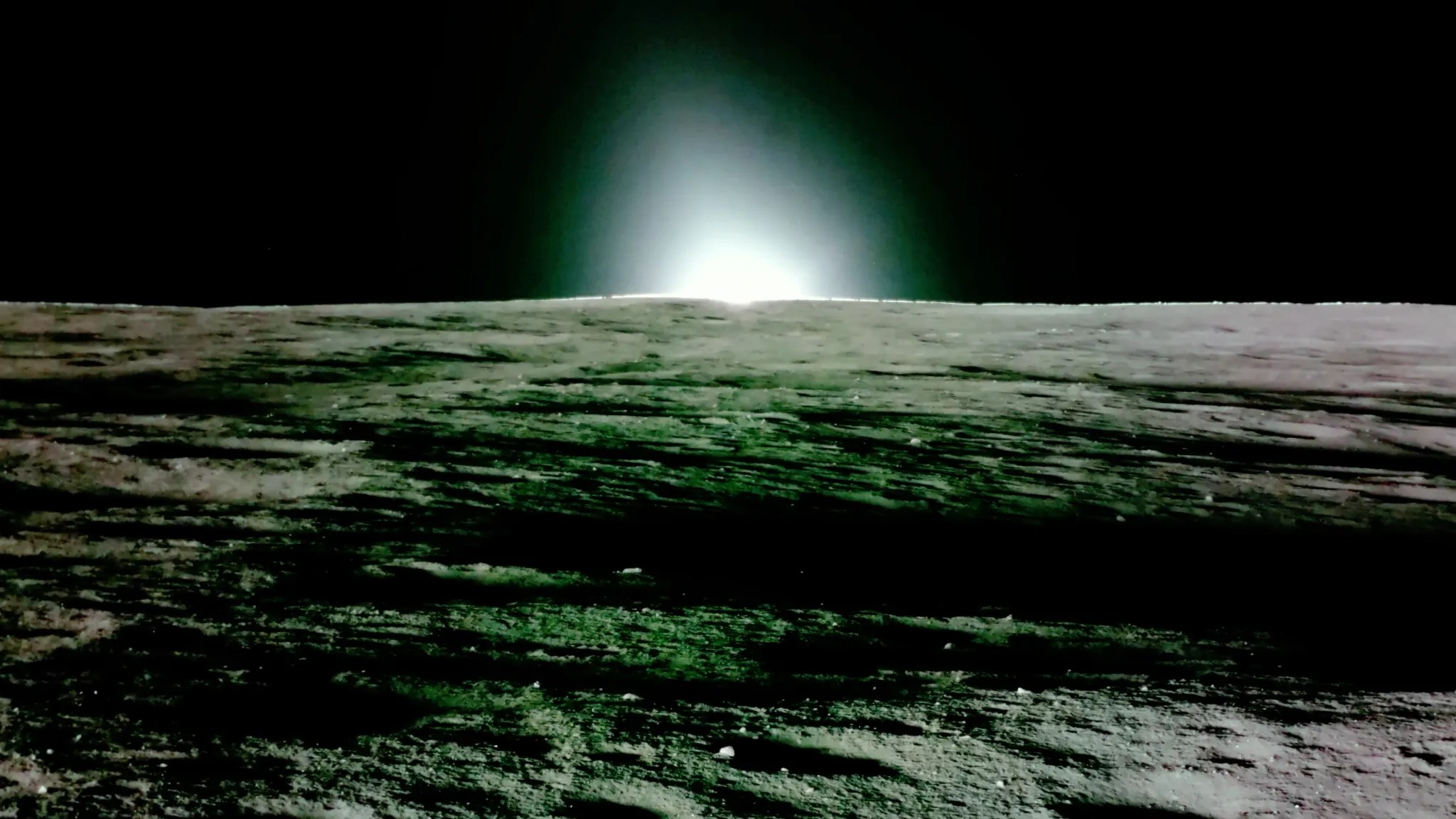When you buy through links on our internet site , we may make an affiliate delegacy . Here ’s how it cultivate .
A flyspeck , distant Earth starts to slide behind the moon in an eerie new exposure snapped by the Orion spacecraft , which was recently launched into space as part ofNASA’sArtemisI mission . The effigy , titled " Earthset , " is the reversal of the famous " Earthrise " shotcaptured by NASA ’s Apollo 8 missionmore than 50 yr ago .
Artemis I ’s " mega moon rocket " wasfinally launch into spacein the former hour of Nov. 16 aftermore than a calendar month of failed launch . Once in space , the rocket released the unmanned Orion capsule , which continued forrader toward Earth ’s rude artificial satellite .

The new image, titled “Earthset,” was taken by NASA’s Orion spacecraft as it flew closely past the moon on Nov. 21.
The new picture was taken Nov. 21 , briefly after the Orion capsule slingshotted within 81 sea mile ( 130 kilometers ) of the lunar Earth’s surface as it moved to position itself in lunar orbit . The photo was free shortly afterward on NASA’sTwitterpage .
The Orion space vehicle will travel away from the moon until it enters a retrograde orbit — a distant orbit where a lowly target rotate around a small body ( i.e. the moon ) while also being hold in place by the sombreness of a larger body ( i.e. Earth ) — at a distance of around 57,200 mile ( 92,000 klick ) from the moon on Nov. 28 . Once in orbit , the remote-controlled condensation will break down a record set by Apollo 13 for attain the furthest distance from Earth by a ballistic capsule designed to carry human passengers — around 270,000 Admiralty mile ( 430,000 km ) away from our satellite .
Related : Why did NASA ’s Artemis 1 rocket launching keep getting delay ?

The famous “Earthrise” image taken by William Anders onboard the Apollo 8 spacecraft on Dec. 24, 1968.
The name " Earthset " is a nod to the famous " Earthrise " image , where a partially illuminated Earth hangs in blank space briefly after resurrect above the lunar horizon . " Earthrise " was capture by NASA astronaut William Anders on Dec. 24 , 1968 during the Apollo 8 missionary post , which was the first crewed ocean trip to orbit the lunation .
The Orion spacecraft has since take its own video of an Earthrise , captured on Nov. 22 , which showsour satellite issue from seemingly nowhereas it glides out from behind the phantom - covered lunar month .
— Colossal asteroid impingement forever commute the equaliser of the synodic month

— How did the moon form ? A supercomputer may have just found the solvent
— Volcanic eruption on the synodic month happened much more recently than we though
Once the Orion spacecraft has get into its distant retrograde orbit , it will remain circling the moon for around 10 twenty-four hour period before eventually being slingshotted back to Earth , where it is due to concern back down on Dec.11 after journey more than 1.3 million miles ( 2.1 million kilometre ) .

The next Artemis mission , Artemis II , which is schedule to launch in 2024 , will repeat the same flightpath as Artemis I with astronaut inside the Orion ballistic capsule . The adopt mission , Artemis III , which is scheduled to found in 2025 , will attempt to land astronauts on the moon for the first time since 1972 .
















